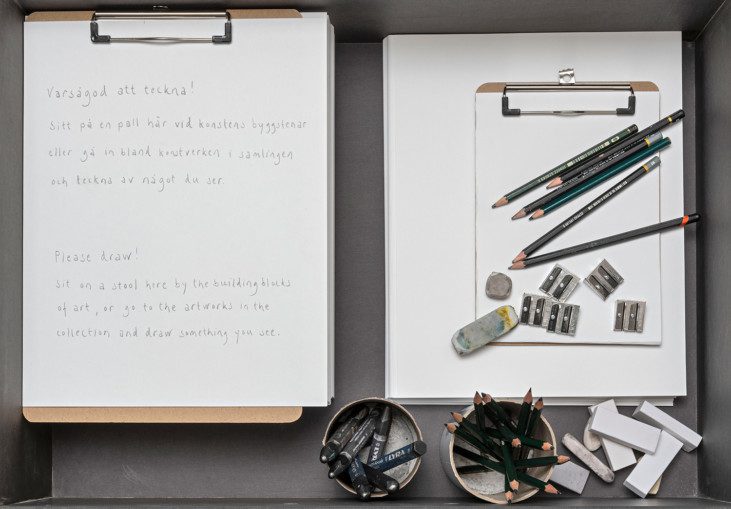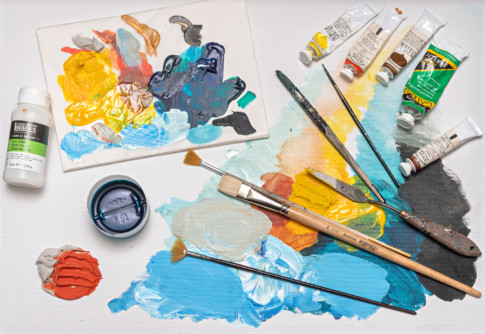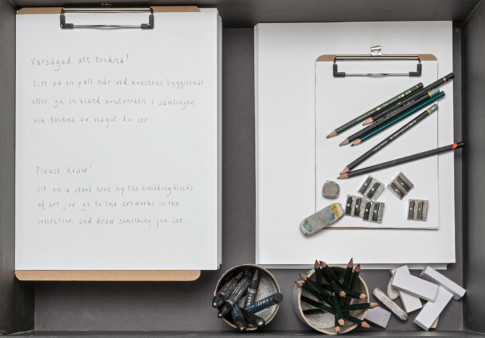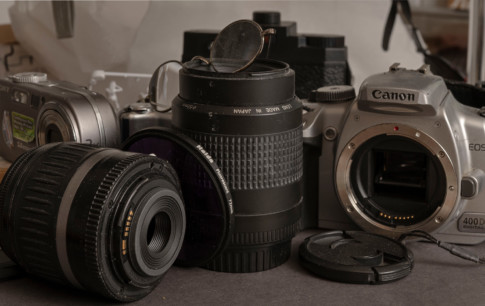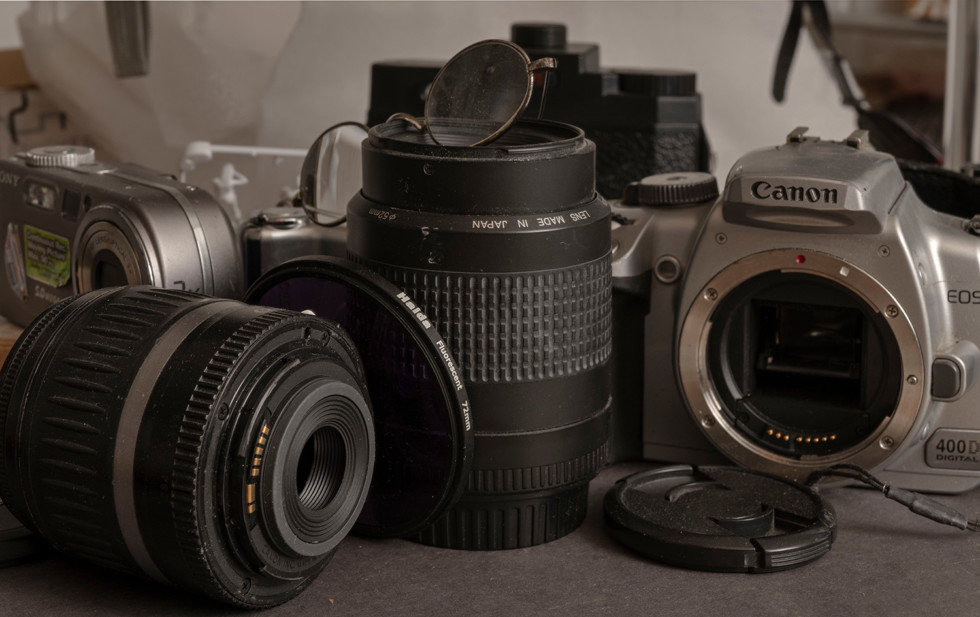
Camera parts, 2022 Photo: Albin Dahlström/Moderna Museet
Photography
Cameras come in many forms, but common to them all is the need for light to somehow be admitted. Pressing the shutter button exposes a surface inside the camera to light. The image itself, however, is the product of a several factors that need to be taken into account.
Day light, flash light or in a photographer’s studio?
The result varies depending on whether the picture is taken in daylight, with a flash or in a photographer’s studio. Pictures can also vary depending on the camera that is used to record the image.
There are certain settings on the camera that allow the user to choose to manually control how much light is admitted through the aperture, as well as the shutter speed, which determines how long the aperture remains open. Alternatively, you can choose to let the camera itself adjust these parameters automatically.
The result varies depending on whether the picture is taken in daylight, with a flash or in a photographer’s studio. Pictures can also vary depending on the camera that is used to record the image.
Taking photos with a phone
Today most of us have a camera in the mobile phone we constantly carry with us, and we can use filters or apps to edit the pictures we take. Just a few quick fingertip touches on the screen are all it takes to change exposure, contrast, colour temperature, and so on.
Many of us share the pictures we are most proud of via a range of social media. All of these many ways of manipulating and fine-tuning pictures are the result of almost 200 years of experimentation.
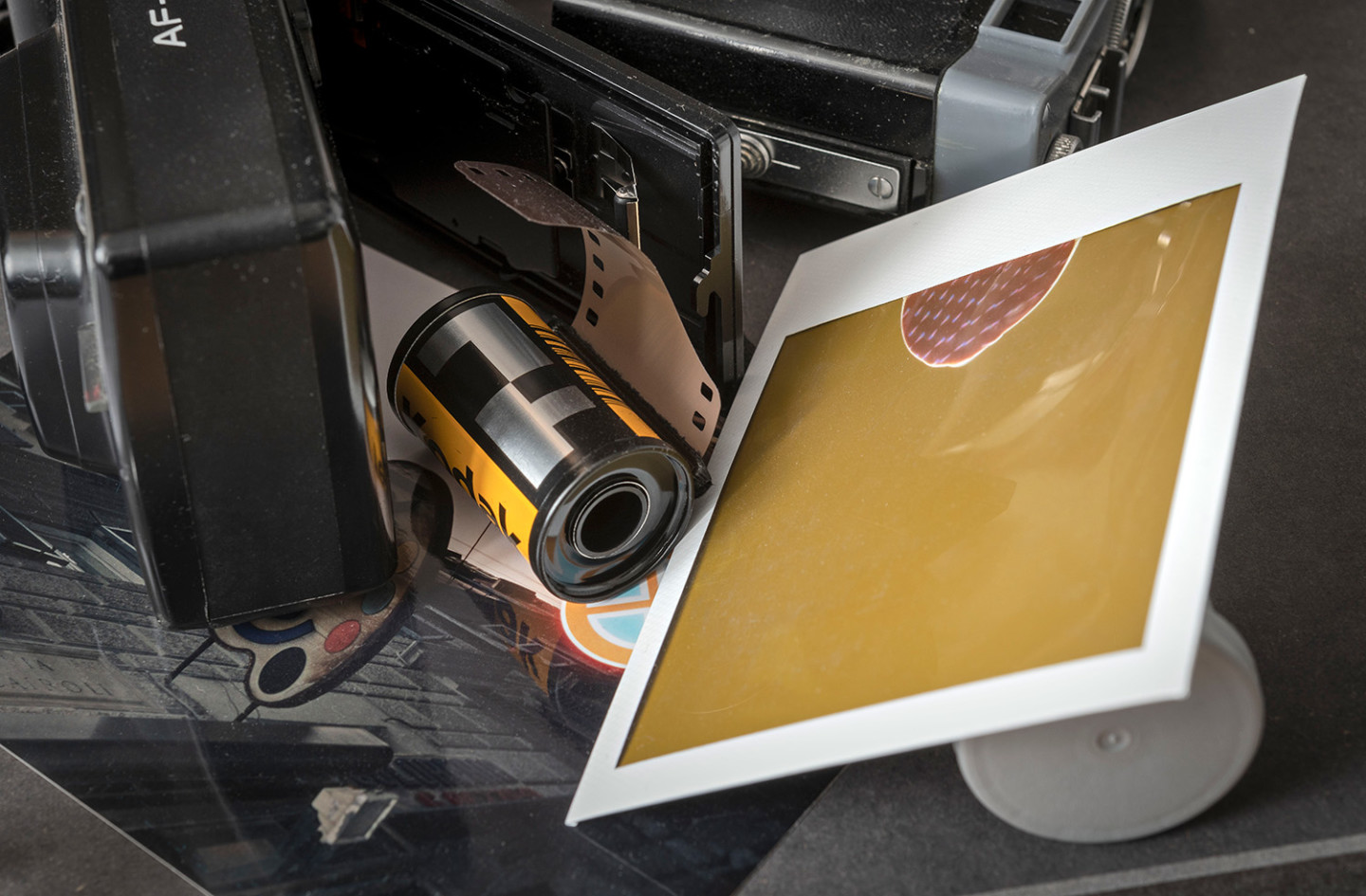
Cyanotype
A cyanotype produces an image directly on paper with the aid of sunlight. You can experiment with the technique yourself by purchasing one of the many readily available cyanotype kits.
X-ray photography
X-rays were discovered in 1895 by the German researcher Wilhelm Conrad Röntgen. He was awarded the very first Nobel Prize in Physics in 1901. Numerous artists have exploited the potential of X-rays.
Our conservators at Moderna Museet also make occasional use of X-ray technology. In 2019 we X-rayed one of the museum’s best-loved works of art, Robert Rauschenberg’s iconic combine, “Monogram”.
Here you can see a film of how this was done: The return of the goat.
Negative och positive
To develop prints from a roll of film you need a darkroom, chemicals, a developing tray, magnifying lamp and light-sensitive photographic paper.
The negative images on the film roll are copied onto photographic paper, which will produce the positive images.
The chemicals used in modern photo developing processes are less dangerous than those previously required.
Polaroid
The Polaroid Corporation is an American company best known for its instant-film camera that has made the name Polaroid synonymous with this type of camera.
The photo is ejected from the camera immediately after the shutter has been pressed, making it possible to observe how the motif slowly appears on the photographic paper.
Digital photography
Today almost all mobile phones include a digital camera. There are also digital camera housings. It is possible, as well, to create digital 3D images, in other words pictures that can be printed in different sizes and directly on a range of different materials.
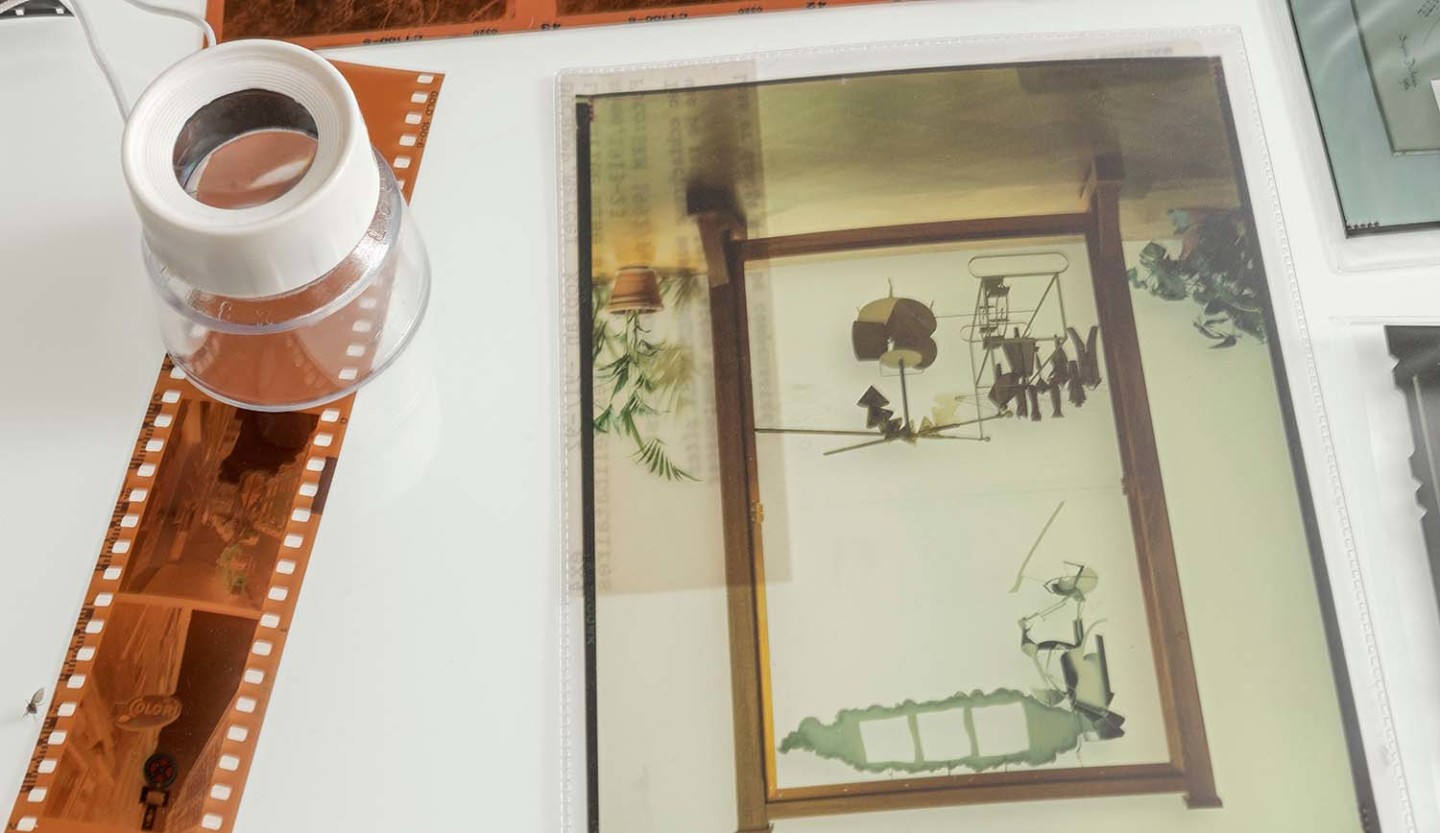
Modernism evolved parallel with the development of photography. As photography assumed the role of recording reality, this left artists free to focus on works that express feelings and exploit the unique properties of painting and sculpture.
The angles and perspectives of photography provided the impulses for new picture compositions and new ways of working. Photographic images from different parts of the world fuelled people’s desire to travel.
When the Kodak company launched the world’s first camera with a film roll in 1888, this revolutionised the market and turned photography into a hugely popular hobby. The specially built cameras were returned to the Kodak factory, where the films were developed. In 1900 the company introduced the hugely popular Kodak Brownie, a classic box camera.
Since then, there have been countless different types of camera and film. Today, while film photography is no longer common, large-format and medium-format films are still available for traditional cameras.
Moderna Museet’s collections include approximately 100,000 photographs from the very earliest days of photography up to the present day.
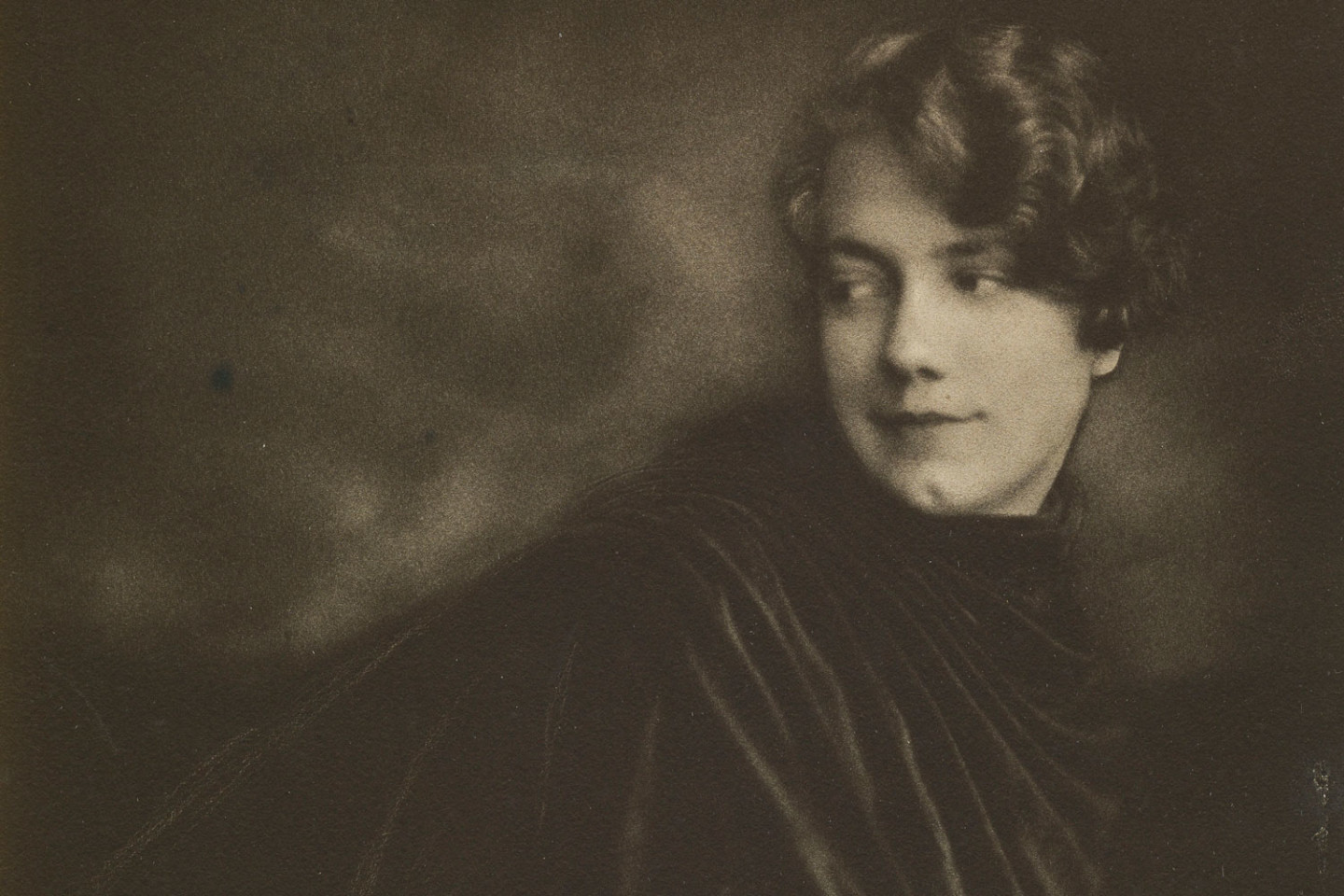
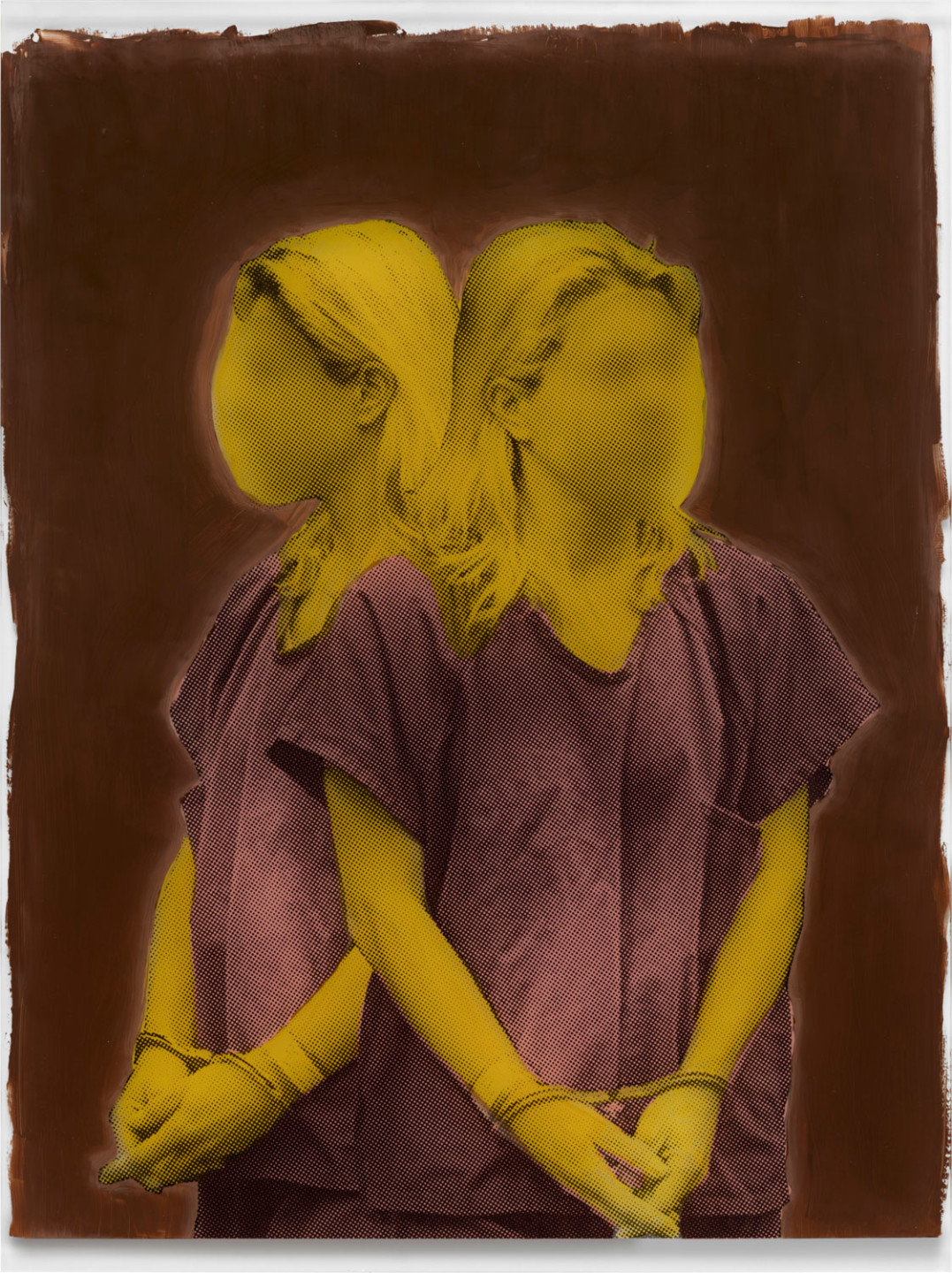
Photographic Processes and Materials around 1900
In 1888, Kodak launched the first roll-film hand camera. It revolutionized the market and turned photography into something everyone could enjoy. The …
Photographic Processes and Materials around 1900
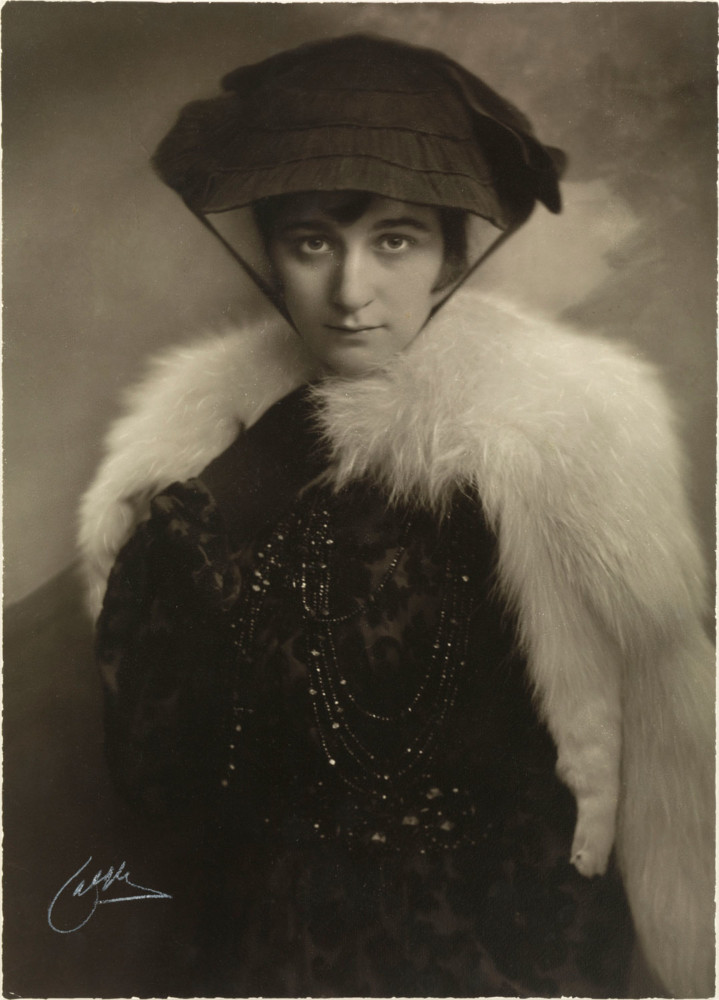
Painting
Within painting there are many different techniques, materials and tools. Did you know, for example, that ink painting originally comes from China and …
Painting
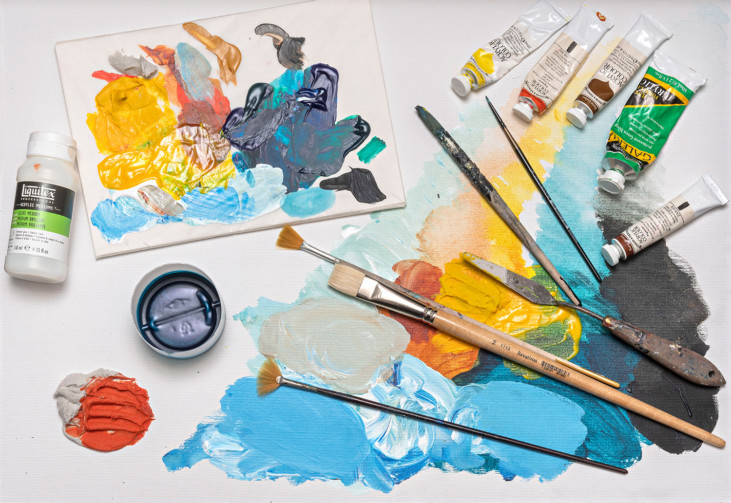
Drawing
It is often said that drawing provides the most direct connection between eye and hand. If you have access to pencil and paper, drawing is a quick way …
Drawing
